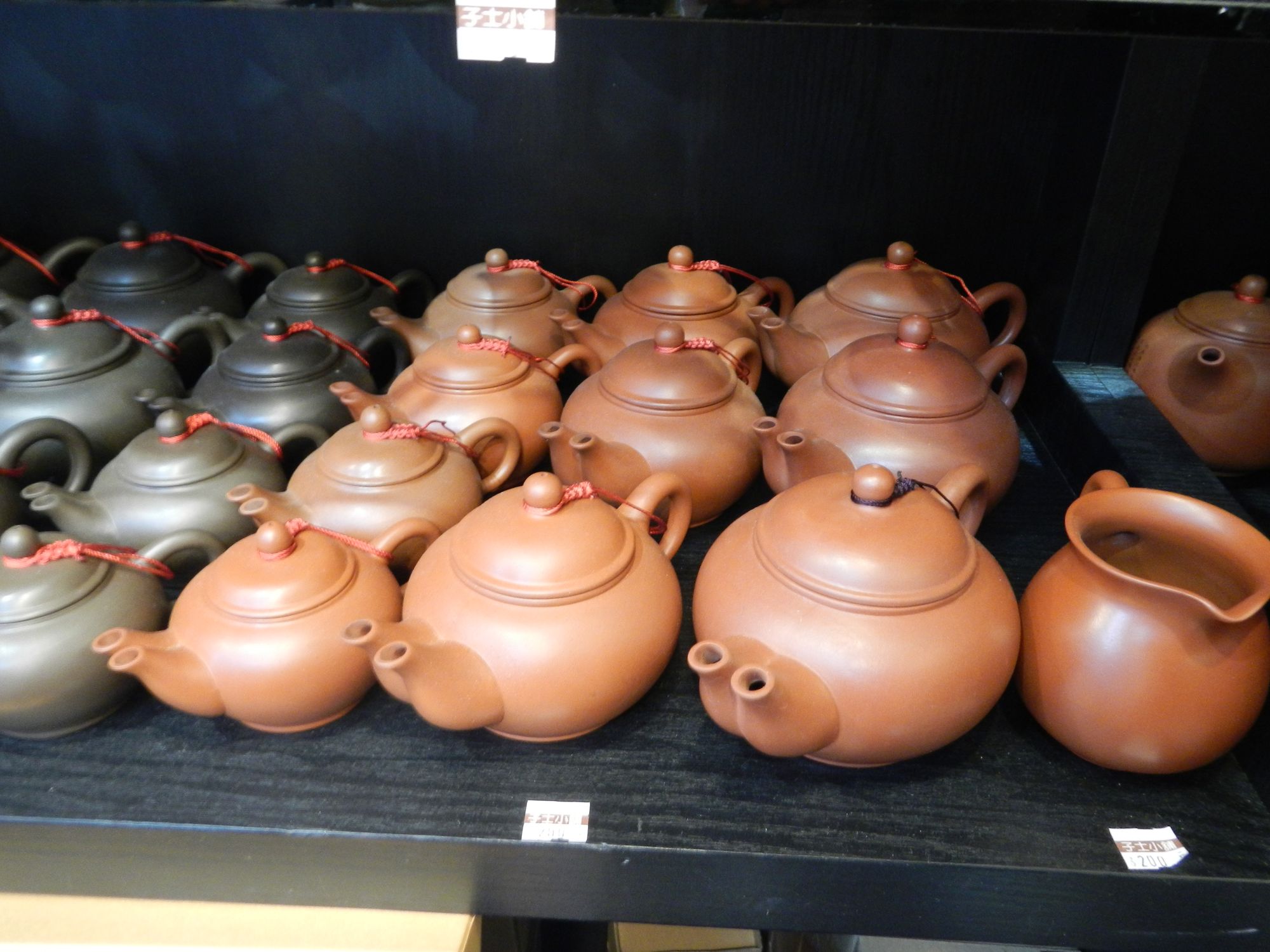The Telos of Teaware
This is a draft section of my upcoming book “An introduction to the art and Science of Chinese Tea Ceremony”. Please help improve it with your comments, suggestions, and hate mail!
What is the goal of teaware? To what end does it exist for? Was that decided by the maker or the user?

In the simplest utilitarian approach, it may be said that any ware used is for the purpose of moving tea from its dry, leafy form to the mouth as a drinkable liquor; this is appealing as it is both simple and true. Yet, it ignores both the intent of the artist who made the wares, and the experience of the brewer and guests in the ceremony.
From the Functionalist approach, we know that a ware must be the most suitable choice for a tea as a reason for its use; beauty is a consideration but secondary to its function. With this approach could it be said that the purpose, the telos, of a thick yixing is to brew strong tea? Was that the intent of the artist, and thus the most suitable use of the ware?
The Functionalist approach gives us a few answers; I’m sure we have all seen unusable ‘tea pots’, pots that were made as art instead of ware. The functionalist approach has us, practitioners of GongFu, ignore those. Their Telos is not tea.

From the Functionalist approach, what can be understood from the intent of the artist? Nothing. A single ware is a momentary glimpse of the artists vision, an exhibition of his pieces not but a brief window into his thoughts. The goal of the artist is to make wares, while the goal of the practitioner (if the pieces are usable) is to use the wares. The telos has changed from one person to the next, from one use to the next.
Finally, the Phenomenist approach; we know we must consider both how the wares will affect the tea, and how the wares will affect the individuals. Where is the Telos? The Telos is in the interaction of your skill and brewing technique with the ware, and in the artist’s intent to give rise to emotion from the ware.
In the Phenomenist approach you choose the wares to create a ceremony for yourself and the guests. The wears you choose dictate the form of the ceremony (for example, you can’t perform ChouZhou GongFu with a Gaiwan), and it is from that choice that the wares take on their Telos – the telos has changed by its use.
In the Phenomenist approach the artists intent also becomes a part of a wares use; we have said that the wares are a glimpse into an artist’s thoughts and those thoughts leave hints at emotions. Collectively, the wares you chose will influence your emotions and your guests. The wares you chose will color the way you experience the ceremony and the tea; this must be considered part of the reason for any single piece, and collectively, the telos of the entire set you choose to brew with.